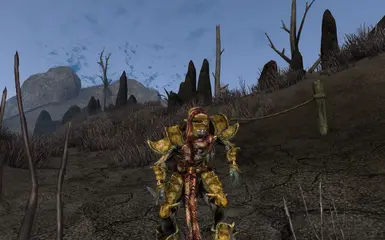

As it turns out, that's the very reason you're robbing the train in the first place.

This introductory level uses an automatic hacking device, one that doesn't require any typing, but its functions are limited. My session began with a train heist, as my character and two companions approached on what I can only describe as hovercycles. The game shares the same oddly appealing visual design from Thirty Flights of Loving, with characters bearing large, cube-shaped heads, while the world is rendered with basic shapes and solid colors. It's a fitting description, with much of your elite hacking gear looking more like ancient VCRs than modern computers. Quadrilateral Cowboy takes place in what Blendo head Brendon Chung calls a cyberpunk 1980s. Sure, it's still an abstraction of the real thing, but hacking in Quadrilateral Cowboy requires a bigger investment in both time and forethought than most espionage games, and pulling off a flawless hack is thrilling. Want to turn off a security laser? Easy, just type "laserX.off(Y)" into your portable hacking deck, where X is the designated number of the laser and Y is the number of seconds it will remain off. You aren't just pressing buttons or solving a mini-game you're actually typing in code. Quadrilateral Cowboy, the latest from Thirty Flights of Loving developer Blendo Games, takes a drastically different approach to computer infiltration. You hold a button as a progress bar slowly fills, rotate panels in a thinly-disguised version of Pipe Dream, or maybe you connect circuits in a diagram.

Hacking in games is generally a vague abstraction of the real thing. The subversive activity has worked its way into countless games, even those where it doesn't belong (really, TMNT?). Hacking computers has become commonplace in video games.


 0 kommentar(er)
0 kommentar(er)
